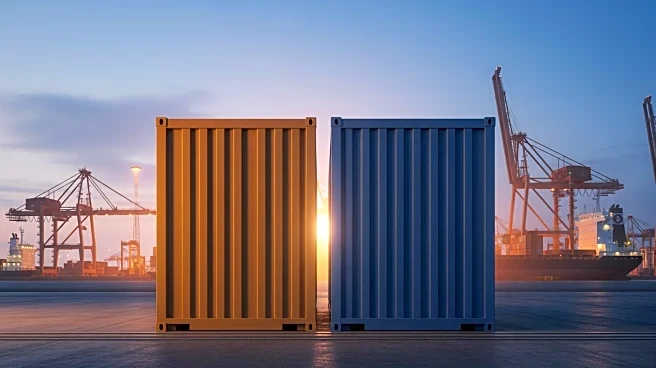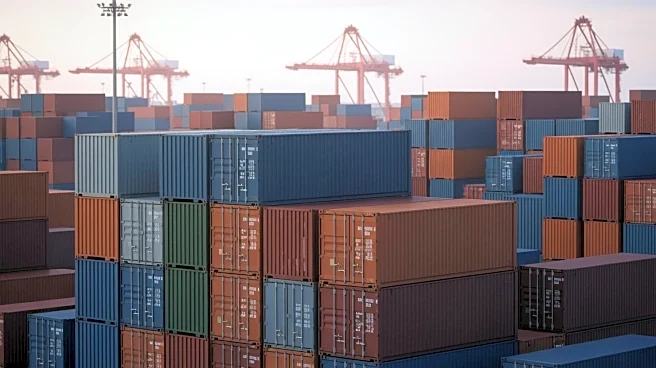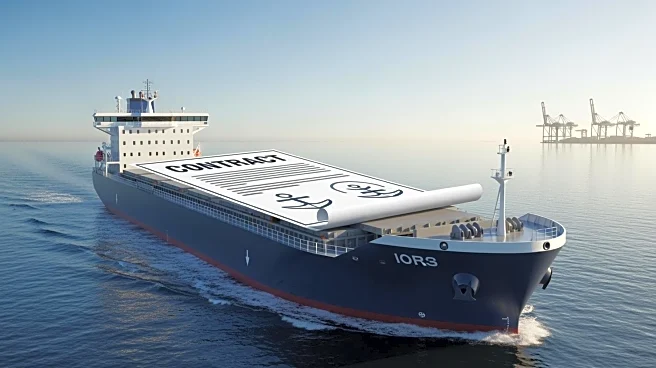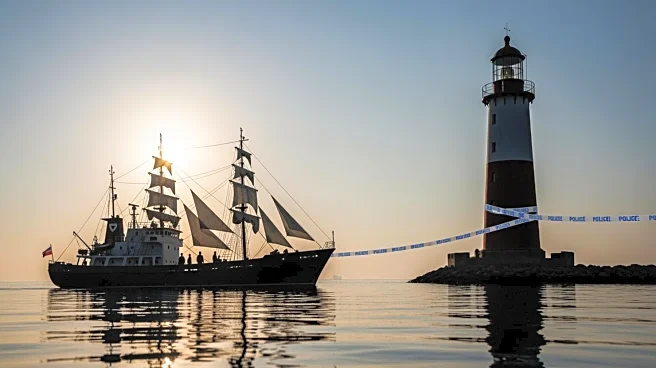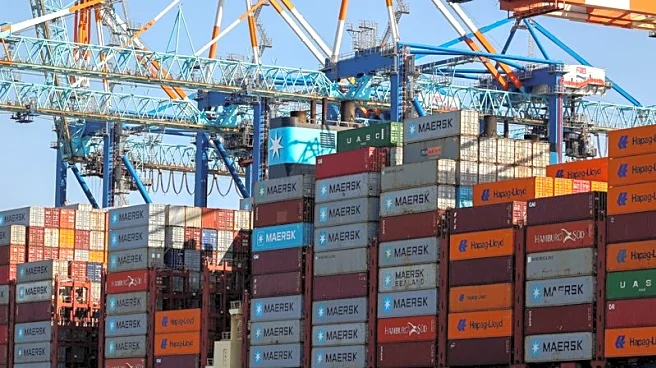What's Happening?
The USTR port fee program has been criticized for a bureaucratic blind spot, as highlighted by CNBC. The program, which bases fees on net tonnage, has led to significant costs for carriers like Atlantic Container Line (ACL). ACL's vessels, primarily carrying
containers, are being treated as Ro-Ro under the program, resulting in unsustainable fees of $34 million per year. The program's classification system, based on construction characteristics rather than cargo, has raised concerns about its impact on carriers and their ability to operate viably in the U.S.
Why It's Important?
The program aims to streamline port fees and reduce manipulation, but its implementation has led to financial strain for carriers. The fees could impact the competitiveness of carriers and their ability to provide cost-effective services. The situation highlights the need for clear and fair regulatory frameworks that consider the unique characteristics of different shipping operations.
What's Next?
Carriers may need to explore alternative operational strategies or advocate for policy changes to address the program's impact. The situation could prompt discussions on regulatory reform and the importance of aligning fee structures with industry realities.
Beyond the Headlines
The program's impact on carriers could influence broader shipping industry trends, including the viability of niche providers and the role of regulatory frameworks in shaping market dynamics. It may also affect international trade relations and the competitiveness of U.S. ports.


